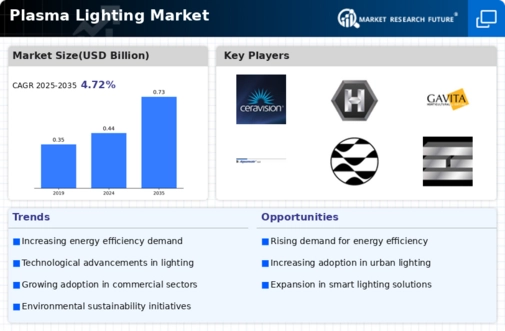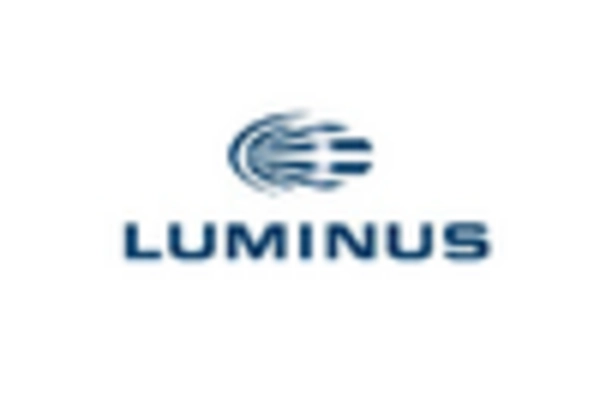Market Share
Plasma Lighting Market Share Analysis
Another key market share positioning strategy in the plasma lighting market revolves around pricing. While the initial costs of plasma lighting systems can be relatively high, companies strategically set their prices to remain competitive. Some choose to target niche markets willing to invest in premium, high-performance lighting, while others focus on cost-effective solutions to appeal to a broader consumer base. This pricing strategy directly influences market share by determining the accessibility of plasma lighting products to different customer segments. Market penetration is a strategic approach often employed by companies in the plasma lighting market. This involves expanding the reach of products into new geographic regions or untapped market segments. By identifying and entering emerging markets, businesses seek to increase their market share and gain a competitive advantage. Market penetration strategies may involve collaborations with local distributors or strategic partnerships to navigate diverse market landscapes effectively. Partnerships and collaborations represent another significant market share positioning strategy in the plasma lighting industry. Companies often form alliances with technology providers, research institutions, or other industry players to leverage collective expertise and resources. Such collaborations facilitate the development of innovative solutions and enhance the market positioning of the involved parties. By aligning with complementary businesses, companies aim to strengthen their market share and establish a broader presence in the evolving plasma lighting ecosystem. As demand for energy-efficient lighting solutions continues to rise worldwide, companies seek to capitalize on opportunities in diverse regions. Establishing a global presence allows companies to cater to a broader customer base, mitigate risks associated with regional economic fluctuations, and position themselves as leaders on the international stage. Understanding and addressing the specific needs of customers, whether they are residential, commercial, or industrial users, enables companies to tailor their products and services accordingly. By offering personalized solutions and excellent customer support, businesses aim to build strong relationships with their customer base, leading to repeat business and positive word-of-mouth referrals, ultimately contributing to increased market share.
















Leave a Comment